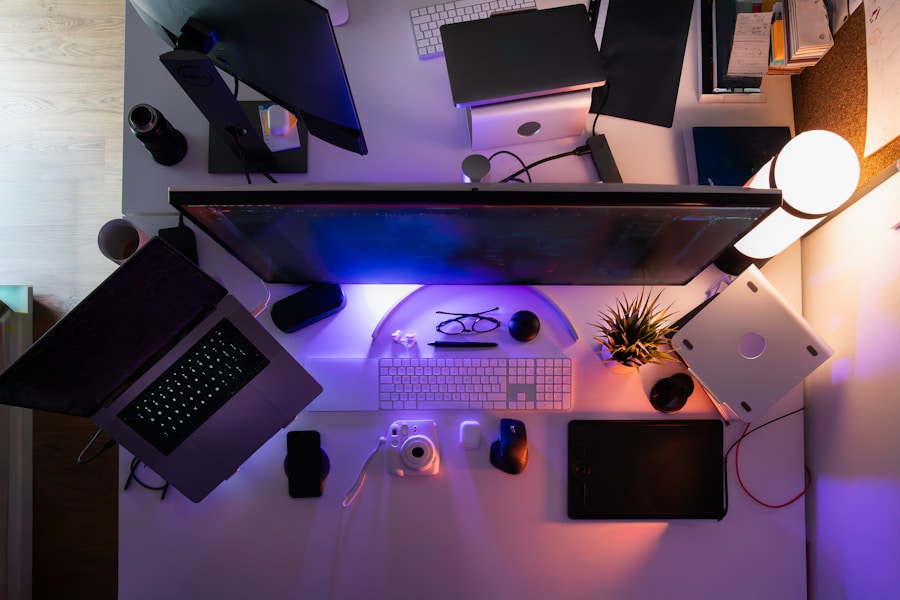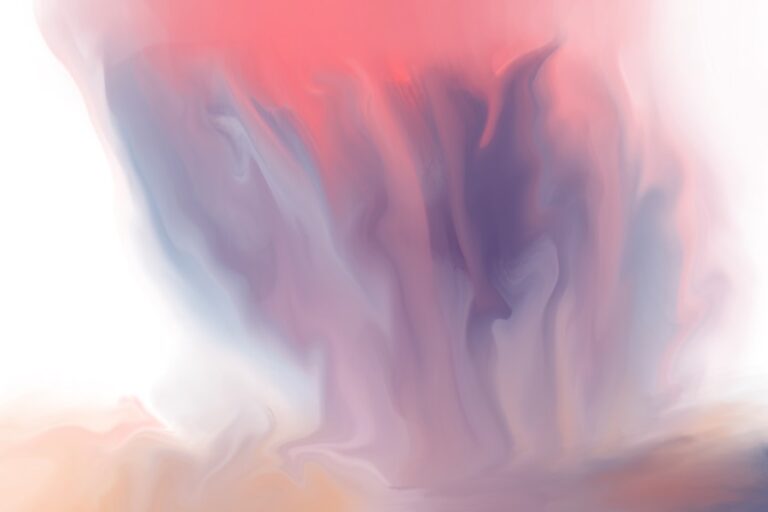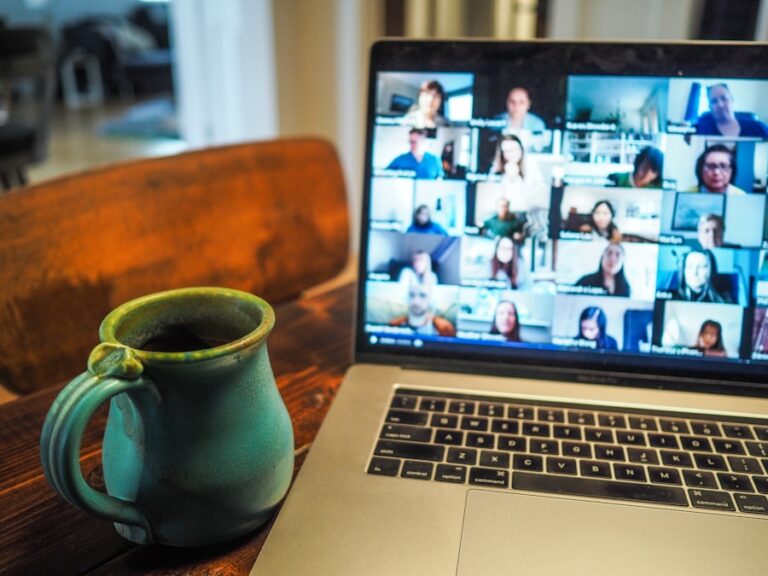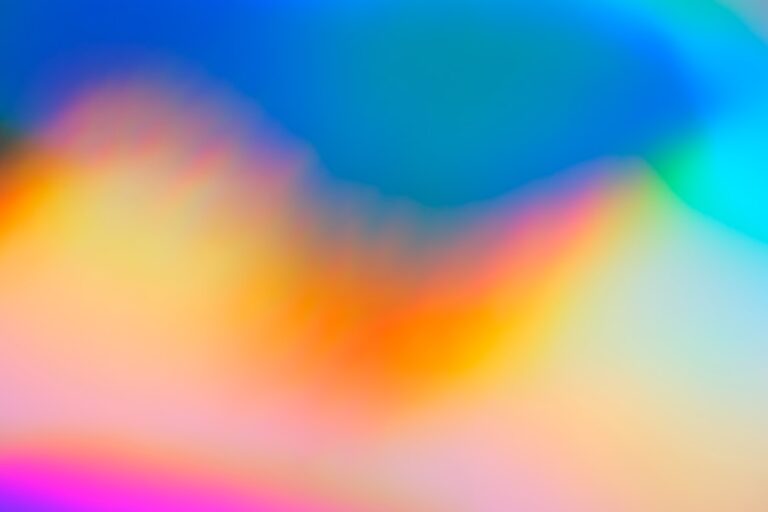Beginner’s Guide to Digital Art: Getting Started with the Basics
Digital art is a form of artistic expression that utilizes digital technology as a medium. It encompasses a wide range of artistic practices, including digital painting, drawing, photography, and graphic design. Unlike traditional art forms, digital art is created using electronic devices such as computers, tablets, and smartphones, as well as specialized software and tools. Digital art allows artists to explore new creative possibilities and experiment with different techniques and styles that may not be achievable through traditional means.
One of the key characteristics of digital art is its versatility and accessibility. With the use of digital tools and software, artists can easily manipulate and edit their work, experiment with different colors and textures, and create complex compositions with ease. Additionally, digital art allows for easy sharing and distribution through online platforms and social media, reaching a wider audience than traditional art forms. As technology continues to advance, digital art continues to evolve, offering new opportunities for artists to push the boundaries of creativity and innovation.
Essential Tools and Software for Digital Art
In order to create digital art, artists need to have access to the right tools and software. One of the most essential tools for digital art is a graphics tablet, which allows artists to draw and paint directly onto a digital canvas using a stylus or pen. Graphics tablets come in a variety of sizes and specifications, with some models offering advanced features such as pressure sensitivity and tilt recognition for a more natural drawing experience. Additionally, artists will need to have access to digital art software such as Adobe Photoshop, Corel Painter, or Procreate, which provide a wide range of tools and features for creating and editing digital artwork.
Another essential tool for digital art is a high-quality computer or tablet with sufficient processing power and memory to handle complex digital art projects. Additionally, artists may also need accessories such as a stylus or drawing glove to enhance their drawing experience. It’s important for artists to research and invest in the right tools and software that best suit their artistic needs and preferences, as these can greatly impact the quality and efficiency of their digital art creation process.
Basic Techniques for Digital Drawing and Painting
Digital drawing and painting require a different set of techniques compared to traditional art forms. One of the fundamental techniques for digital drawing is understanding how to use layers effectively. Layers allow artists to separate different elements of their artwork, making it easier to edit and manipulate individual components without affecting the entire composition. Additionally, artists can use blending modes and layer effects to create unique visual effects and textures in their artwork.
Another important technique for digital drawing and painting is mastering the use of brushes and brush settings. Digital art software offers a wide range of brush presets and customization options, allowing artists to create different brush strokes, textures, and effects. Understanding how to adjust brush settings such as size, opacity, and flow can greatly enhance an artist’s ability to create realistic and expressive digital artwork. Furthermore, artists can experiment with different brush types such as airbrushes, pencils, and watercolor brushes to achieve various artistic styles and effects.
Choosing the Right Digital Art Tablet
Choosing the right digital art tablet is crucial for artists who want to create high-quality digital artwork. When selecting a digital art tablet, artists should consider factors such as size, pressure sensitivity, tilt recognition, and compatibility with their preferred digital art software. Larger tablets provide more drawing space and are ideal for artists who work on detailed or complex projects. Pressure sensitivity is another important feature to consider, as it allows artists to control the thickness and opacity of their brush strokes based on the pressure applied with the stylus.
Tilt recognition is a feature that simulates the natural tilt of traditional drawing tools such as pencils or brushes, allowing artists to create more natural and expressive lines and strokes. Additionally, artists should ensure that their chosen tablet is compatible with their preferred digital art software, as some tablets may offer specific features or optimizations for certain software applications. It’s important for artists to research and test different tablet models before making a purchase in order to find the best fit for their artistic needs and preferences.
Exploring Different Styles and Genres in Digital Art
Digital art offers a wide range of styles and genres for artists to explore and experiment with. From realistic digital painting to abstract digital collage, there are endless possibilities for artists to express their creativity through digital mediums. Realistic digital painting involves creating detailed and lifelike artwork using digital brushes and techniques that mimic traditional painting methods. Artists can experiment with different textures, lighting effects, and color palettes to achieve realistic results in their digital paintings.
On the other hand, abstract digital art focuses on creating non-representational or conceptual artwork that emphasizes form, color, and composition. Artists can use digital tools to create dynamic and expressive abstract compositions that push the boundaries of visual storytelling and interpretation. Additionally, digital art allows for the fusion of different artistic styles and mediums, such as combining photography with digital painting or incorporating 3D elements into 2D artwork. By exploring different styles and genres in digital art, artists can expand their creative horizons and develop their own unique artistic voice.
Tips for Developing Your Digital Art Skills
Developing digital art skills requires dedication, practice, and a willingness to learn new techniques and approaches. One of the most important tips for developing digital art skills is to practice regularly and experiment with different tools and techniques. By dedicating time to creating digital artwork on a consistent basis, artists can improve their proficiency with digital tools and software while also refining their artistic style and vision.
Another tip for developing digital art skills is to seek inspiration from other artists and sources. By studying the work of established digital artists and exploring different artistic movements and trends, artists can gain valuable insights into new approaches and ideas for their own artwork. Additionally, participating in online communities, forums, and social media groups dedicated to digital art can provide opportunities for artists to receive feedback, advice, and support from fellow creatives.
Finding Inspiration and Building a Digital Art Portfolio
Finding inspiration is an essential part of the creative process for digital artists. Whether it’s through nature, music, literature, or personal experiences, inspiration can come from a variety of sources that fuel an artist’s imagination and creativity. By actively seeking out inspiration from different sources and experiences, artists can develop a deeper connection to their artwork and create more meaningful and impactful pieces.
Building a digital art portfolio is crucial for showcasing an artist’s skills, style, and versatility to potential clients or employers. A strong portfolio should include a diverse range of artwork that demonstrates an artist’s technical proficiency, creativity, and artistic vision. Additionally, artists should regularly update their portfolio with new work that reflects their growth and development as an artist. By curating a professional portfolio that highlights their best work, artists can effectively market themselves and attract opportunities for commissions, collaborations, or exhibitions in the digital art industry.
In conclusion, digital art offers endless possibilities for creative expression through the use of technology, tools, and software. By understanding the fundamentals of digital art, mastering essential techniques, choosing the right tools and software, exploring different styles and genres, developing skills through practice and learning from others, finding inspiration from various sources, building a professional portfolio – artists can unlock their full potential in the world of digital art. With dedication, passion, and a willingness to push creative boundaries – anyone can become a successful digital artist in today’s ever-evolving artistic landscape.






